In today’s cutthroat online world, having a website that looks good and is easy to use isn’t just a nice-to-have—it’s a must. A slick, user-friendly site grabs people’s attention and makes them want to stick around. But having a pretty website won’t do the trick by itself. To make sure your audience can actually find you among all the competition, you’ve got to nail both web design and SEO.
The Role of Web Design
First impressions matter, especially in the digital realm. Your website is often the first point of contact between your business and potential customers. A poorly designed website can drive visitors away, resulting in lost opportunities and revenue. On the other hand, a professionally designed website can instil trust and confidence in your brand, leading to higher conversion rates and customer satisfaction.
With the increasing use of smartphones and tablets, it’s essential to ensure that your website is mobile-friendly. A responsive website adjusts its layout and content based on the device it’s viewed on, providing a seamless experience across all screen sizes. Mobile responsiveness not only improves user experience but also boosts your site’s SEO performance, as search engines like Google prioritise mobile-friendly websites in their rankings.
The Importance of SEO
While having a visually appealing website is important, it’s equally crucial to ensure that your target audience can find it online. This is where SEO comes in. SEO is the process of optimising your website to rank higher in search engine results pages (SERPs) for relevant keywords and phrases. By improving your site’s visibility in search engines, you can attract more organic traffic and potential customers.
Local vs. Global SEO
Depending on your business’s target audience, you may need to focus on either local or global SEO strategies. Local SEO involves optimising your website to rank higher in local search results, making it easier for potential customers in your area to find you. Global SEO, on the other hand, targets a broader audience and aims to increase your visibility on a national or international scale.
On-Page vs. Off-Page SEO
SEO can be divided into two main categories: on-page and off-page. On-page SEO involves optimising elements on your website, such as content, meta tags, and internal linking, to improve your search engine rankings. Off-page SEO, on the other hand, focuses on external factors such as backlinks, social signals, and online reputation management.
Content is King
High-quality, relevant content is the backbone of any successful SEO strategy. By creating valuable content that addresses the needs and interests of your target audience, you can attract more organic traffic to your website and establish your brand as an authority in your industry. Content marketing, including blog posts, articles, videos, and infographics, plays a crucial role in driving traffic, engaging users, and generating leads.
How Web Design and SEO Work Together
Ecommerce SEO
For ecommerce businesses, SEO is particularly important. With millions of online stores competing for visibility, ranking well in search engines can mean the difference between success and failure. Ecommerce SEO involves optimising product pages, implementing schema markup, and improving site speed to increase organic traffic and conversions.
Social Media Marketing
With billions of active users, social media platforms like Facebook, Twitter, LinkedIn, and Instagram offer tremendous opportunities for businesses to connect with their target audience. Social media marketing involves creating and sharing content on social media platforms to increase brand awareness, drive traffic to your website, and generate leads.
Pay-Per-Click (PPC) Advertising
PPC advertising allows businesses to bid on keywords related to their products or services and display ads on search engine results pages (SERPs) and other relevant websites. Unlike organic search results, PPC ads appear at the top of the page and can drive immediate traffic to your website. However, it’s essential to carefully plan and optimise your PPC campaigns to ensure a positive return on investment (ROI).
Conclusion
In conclusion, good web design and SEO are essential for businesses looking to succeed in today’s competitive online landscape. By investing in these two critical elements, you can improve your website’s visibility, attract more traffic, and ultimately, increase your revenue. Whether you need help with web design, SEO, or other digital marketing services, Seek Social is here to help. Contact us today to learn more about how our team can elevate your online presence and help your business thrive. Connect with us on social media: Facebook, Twitter, LinkedIn and Instagram to stay updated on the latest digital marketing trends and insights.



